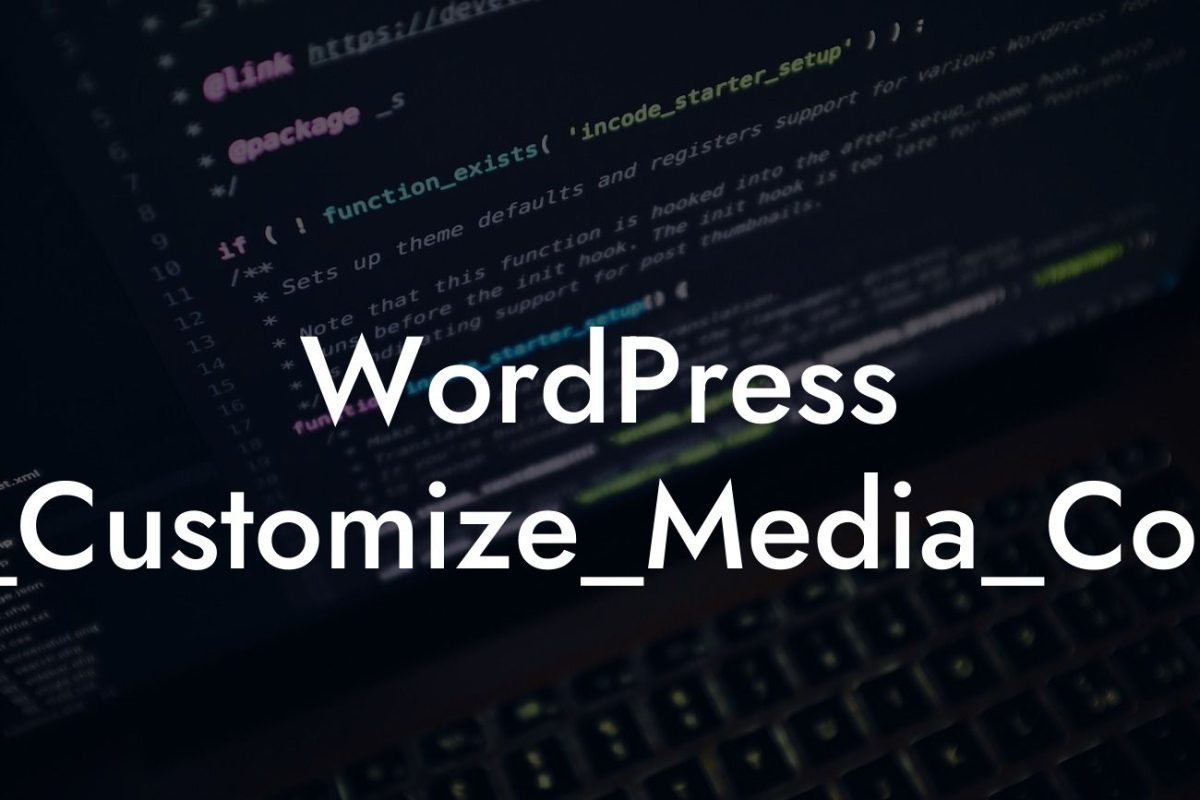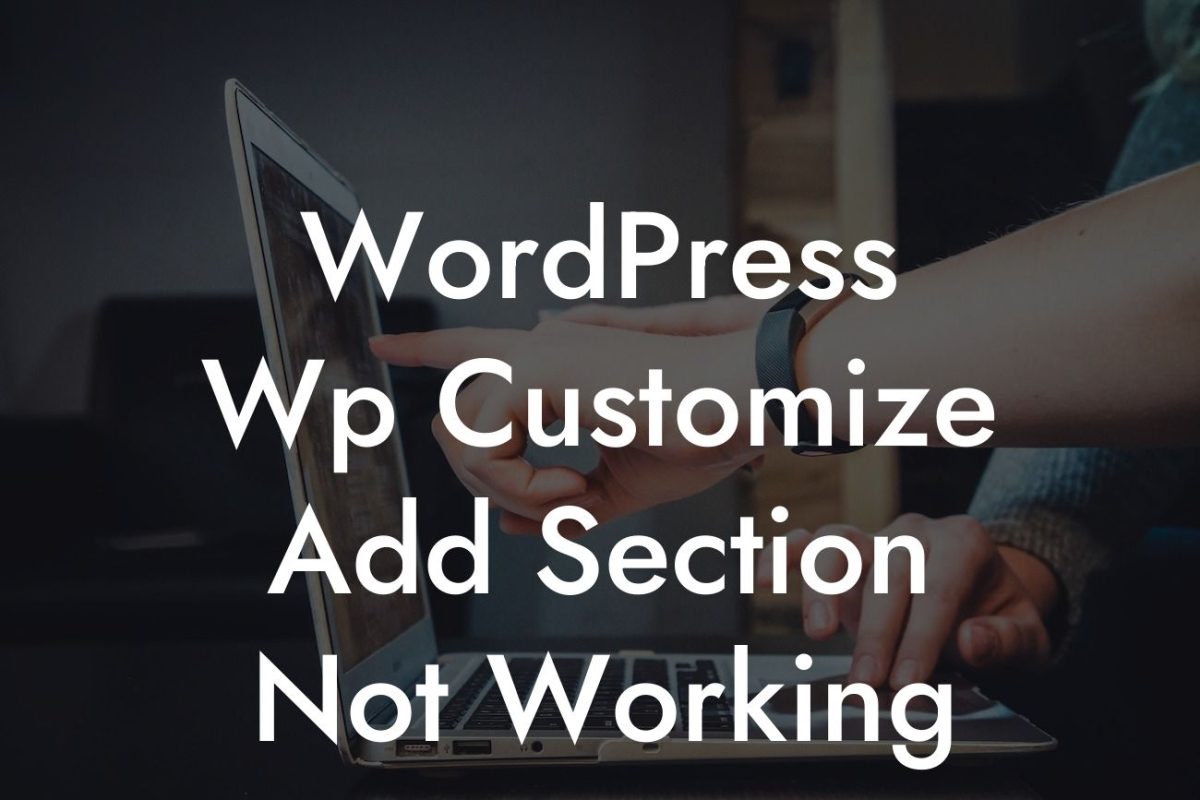Creating a seamless and user-friendly experience on your WordPress website is essential for small businesses and entrepreneurs. One of the most effective ways to achieve this is by incorporating forms. Forms serve as a communication bridge, allowing visitors to easily reach out, request information, and engage with your business. In this guide, we will uncover the secrets to crafting compelling forms in WordPress. You'll learn strategies to improve conversion rates, boost user engagement, and ultimately take your online presence to new heights. So, let's dive in and discover how to create a form in WordPress.
Creating a form in WordPress can be a breeze with the right tools and knowledge. Let's break down the process into manageable steps:
1. Choose a Form Builder Plugin:
To start, you'll need a reliable form builder plugin. There are numerous options available, but we recommend using DamnWoo's FormPlus plugin. It offers a wide range of features, customization options, and seamless integration with WordPress.
2. Install and Activate the Plugin:
Looking For a Custom QuickBook Integration?
Once you've chosen the right form builder plugin, install and activate it on your WordPress site. You can find the plugin in the WordPress Plugin Directory or directly download it from DamnWoo's website.
3. Create a New Form:
After activating the plugin, navigate to the form builder's interface and hit the "Create New Form" button. Give your form a suitable name and define the purpose of the form - whether it's a contact form, a survey, or a newsletter sign-up form.
4. Customize Form Fields:
Next, begin customizing your form fields to gather the necessary information from your visitors. Ensure that your form is user-friendly by keeping the number of fields concise and relevant. Use checkboxes, radio buttons, dropdowns, and text areas to create intuitive user interfaces.
5. Configure Form Settings:
Configure the settings that best suit your needs. You can adjust notifications, confirmation messages, and create custom thank-you pages to enhance the overall user experience. Moreover, consider enabling anti-spam protection with features like reCAPTCHA to keep your forms secure and spam-free.
6. Design and Style:
Make your form visually appealing and in line with your website's aesthetic. Use the customization options provided by the form builder plugin to choose colors, fonts, and layout styles that resonate with your brand image. Create a seamless experience for your visitors by ensuring the form matches the overall design of your website.
How To Create A Form In Wordpress Example:
Let's say you own an online store selling handmade furniture. You want to create a form that allows visitors to request a custom furniture design. With DamnWoo's FormPlus plugin, you can easily design a form that includes fields for the visitor's name, email, preferred design style, budget, and any specific requirements.
Congratulations! You now have the knowledge to create captivating forms in WordPress. Incorporating forms into your website will undoubtedly enhance user engagement and elevate your online presence. Remember to explore other guides DamnWoo offers to further optimize your WordPress site. And don't forget to try out our awesome plugins to supercharge your success. Share this article with others who might find it valuable and start building forms that leave a lasting impression. Happy form-building!













